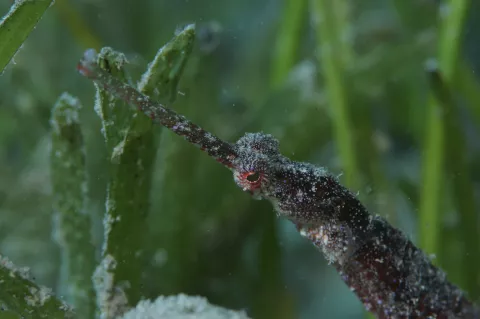Thousand Islands Wrecks of St. Lawrence River
Within a day’s drive from New York City is a wreck junkie heaven, with numerous shipwrecks to explore along the St. Lawrence River on the US-Canadian border, in the area called the Thousand Islands. Larry Cohen and Olga Torrey give a sampling of the wrecks in the region popular with both the American and Canadian diving communities.
















